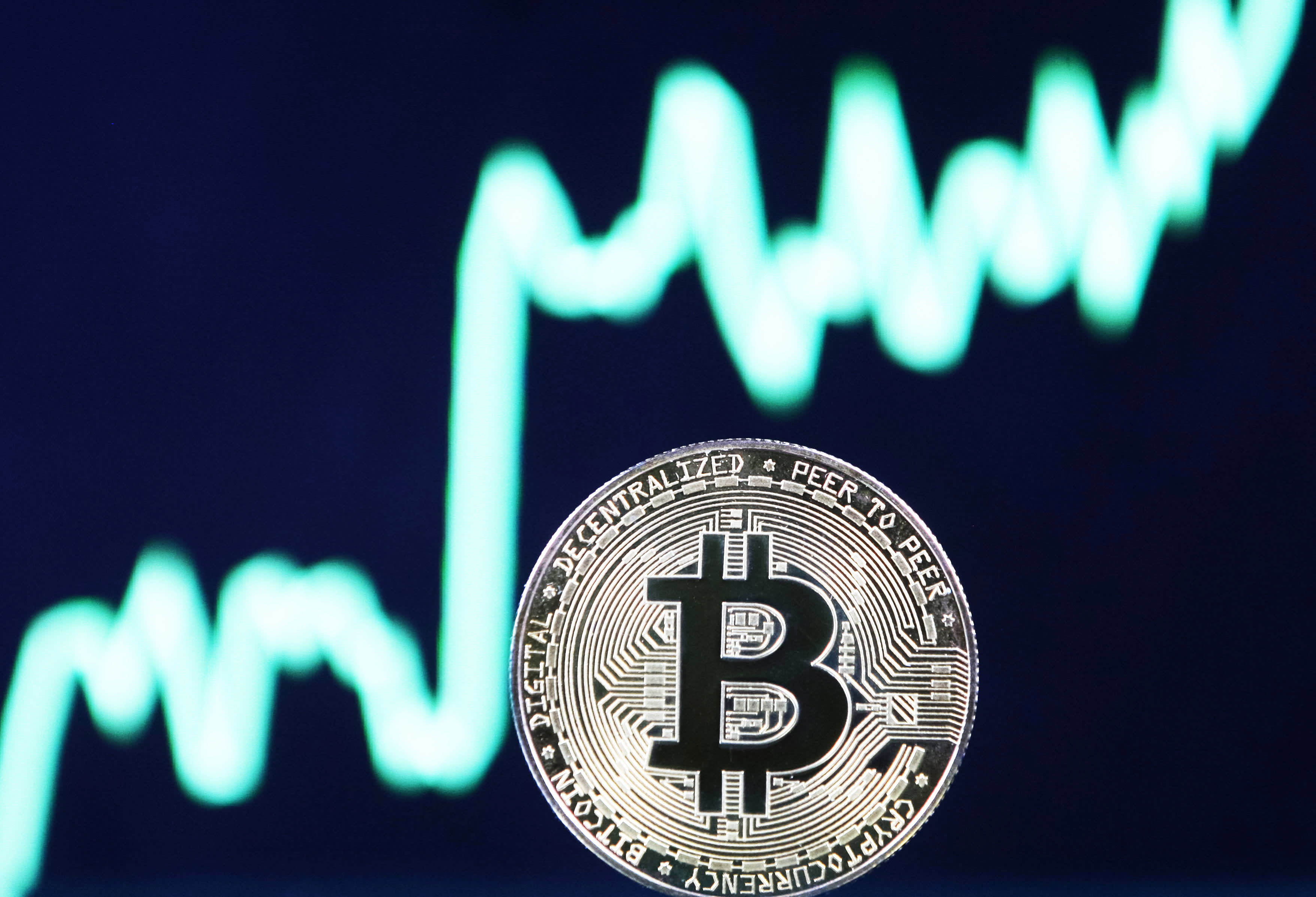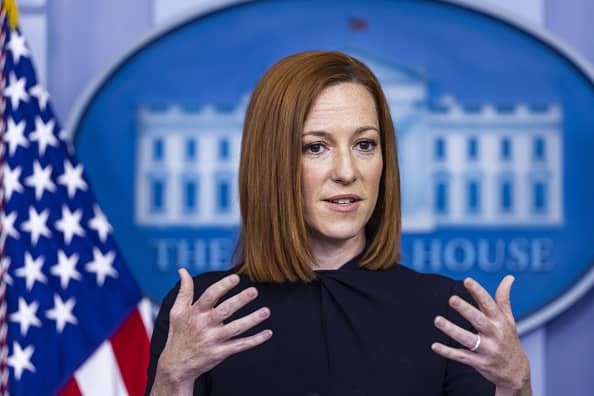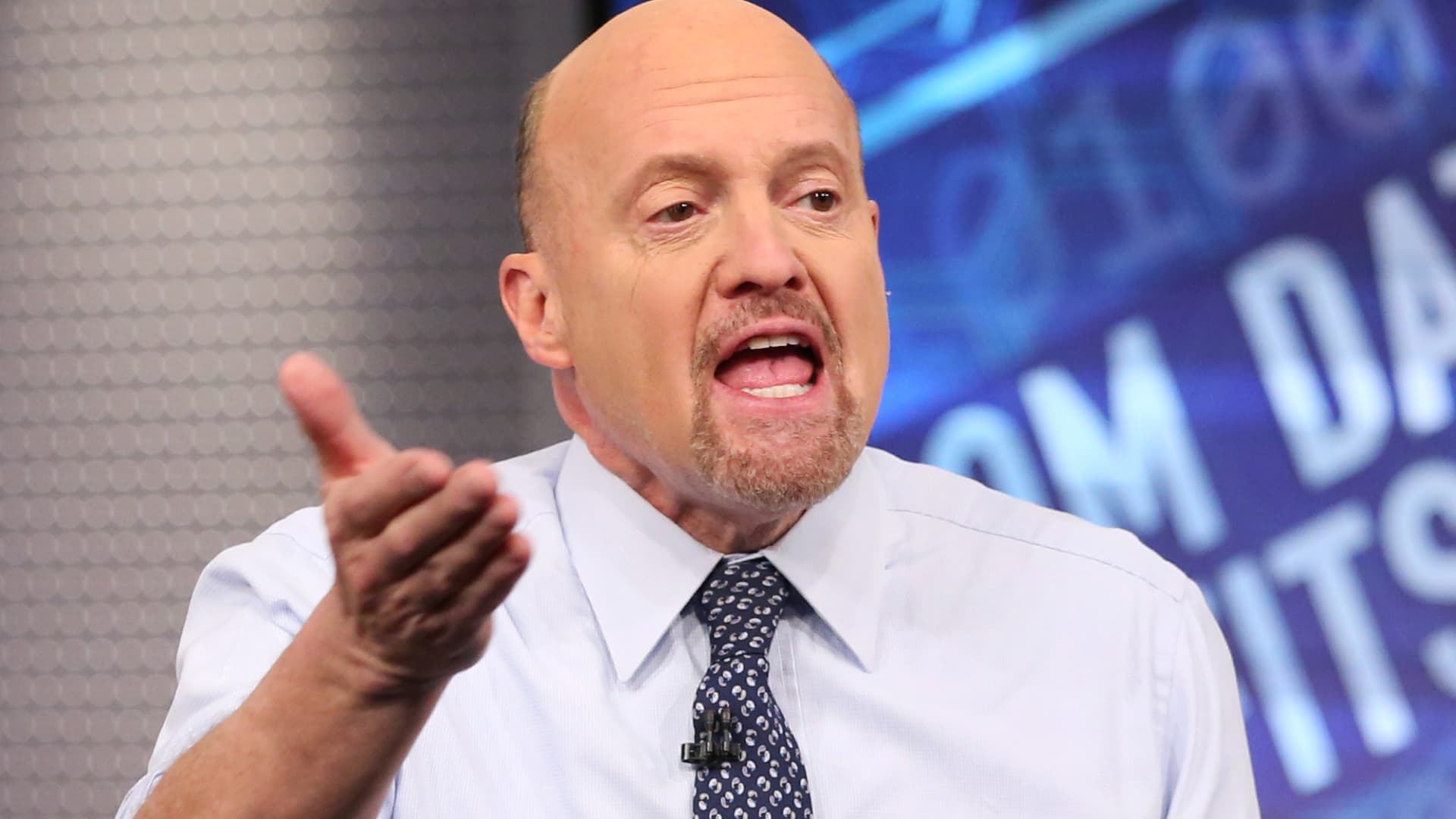These are the countries that will be 'most hit' if oil prices reach $100
OPEC+ announced an output cut of 1.16 million barrels per day, and some are forecasting $100 per barrel. That could hurt some countries more than others.

The Esso Fawley Oil Refinery, operated by Exxon Mobil, stands in Fawley, U.K., on Thursday, May 14, 2020.
Luke MacGregor | Bloomberg | Getty Images
The surprise output cut by OPEC and its allies sent oil prices rallying — and analysts say major oil importers like India, Japan and South Korea will feel the most pain if prices hit $100 per barrel, as some have predicted.
On Sunday, OPEC+ announced a production cut of 1.16 million barrels per day, in a move that oil markets were not expecting.
"It's a tax on every oil importing economy," said Pavel Molchanov, managing director of private investment bank Raymond James.
"It's not the U.S. that would feel the most pain from $100 oil, it would be the countries that have no domestic petroleum resources: Japan, India, Germany, France ... to name some of the big examples," Molchanov said.
The voluntary cuts by countries in the oil cartel are set to start in May and last till the end of 2023. Both Saudi Arabia and Russia will trim oil production by 500,000 barrels per day until the end of this year, while other OPEC members like Kuwait, Oman, Iraq, Algeria and Kazakhstan also reduce output.
Brent crude futures were last trading 0.57% higher at $85.41 a barrel, while the U.S. West Texas Intermediate futures stood 0.5% at $81.11 per barrel.
Countries heavily reliant on oil imports
"The regions most hit by the oil supply cut and related crude price jump are those with a high degree of import reliance and a high share of fossil fuels in their primary energy systems," said director of Eurasia Group, Henning Gloystein.
If oil goes up further, even the discounted Russian crude will start to hurt India's growth.
Henning Gloystein
director, Eurasia Group
Read more about energy from CNBC Pro
"Although they're still profiting from discounted Russian gas they are already hurting from high coal and gas prices," Gloystein said.
"If oil goes up further, even the discounted Russian crude will start to hurt India's growth."
Japan
Oil is the most significant energy source in Japan, and accounts for around 40% of its total energy supply.
"Having no notable domestic production, Japan is heavily dependent on crude oil imports, with between 80% to 90% coming from the Middle East region," the International Energy Agency said.
South Korea
Likewise for South Korea, oil makes up the main bulk of its energy needs, according to independent research company Enerdata.
"South Korea and Italy are more than 75% dependent on imported oil," Molchanov pointed out.
Europe and China are also "highly exposed," according to Gloystein.
However, he added that China's exposure was slightly less due to domestic oil production, while Europe as a whole relies mainly on nuclear, coal and natural gas rather than fossil fuel in their primary energy mix.
Impact on emerging economies
Some emerging markets that "do not have the foreign currency capability to support these fuel imports," will be negatively impacted by the $100 price tag, said Molchanov. He named Argentina, Turkey, South Africa and Pakistan as potential economies that will be hit.
Sri Lanka, which does not produce oil domestically and is 100% dependent on imports, is also very susceptible to a harder hit, he said.
Cooling towers emiting vapor at the Leuna refinery and chemical industrial complex, home to refineries and plants operated by TotalEnergies in Leuna, Germany, on Tuesday, June 7, 2022.
Krisztian Bocsi | Bloomberg | Getty Images
"Countries with the least foreign currencies and who are importers will hurt the most because oil is priced in the U.S. dollar," said founder of Energy Aspects, Amrita Sen, who added that the cost of imports will rise even further if the greenback appreciates.
$100 per barrel won't be permanent
However, while $100 per barrel may be within the horizon, the higher price point may not stay for long, said Molchanov, adding that it's not going to be "the permanent plateau."
"In the long run, prices could be more kind of in line with where we are today" — in the region of about $80 to $90 or so, he said.
"Once crude hits $100 a barrel and stays there for a bit, that incentivizes producers to really ramp up output again," said Gloystein.

 Troov
Troov 

























.jpg)

![Is Your SEO Strategy Built for the AI Era? [Webinar] via @sejournal, @hethr_campbell](https://www.searchenginejournal.com/wp-content/uploads/2025/07/6b-240.png)



